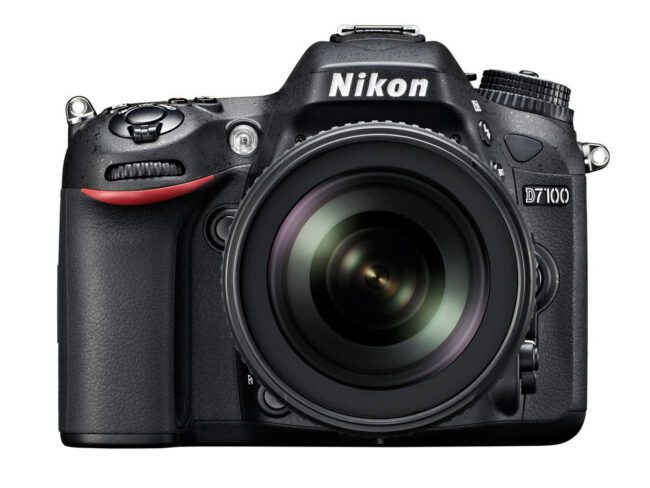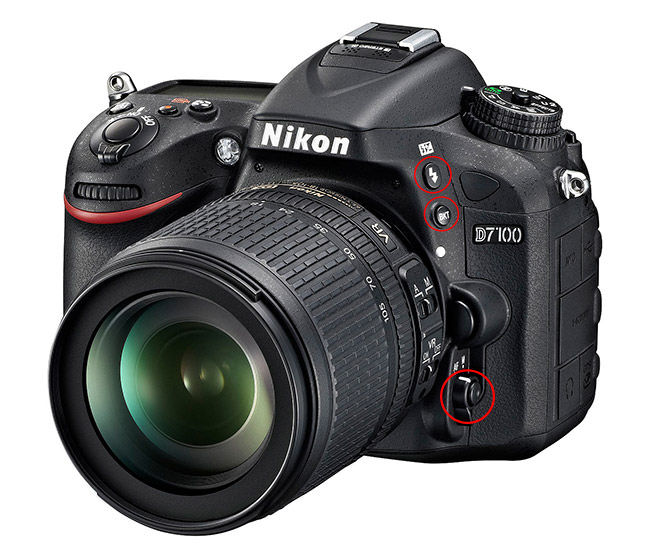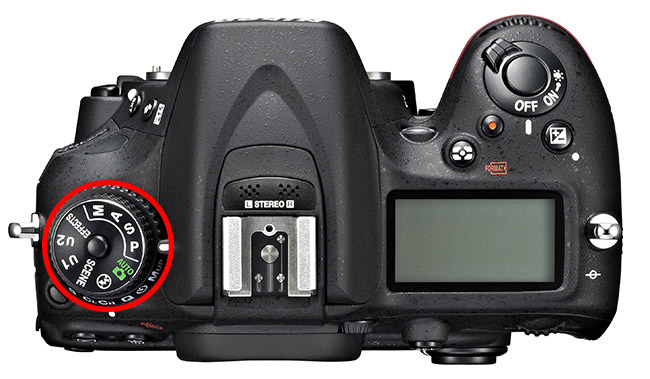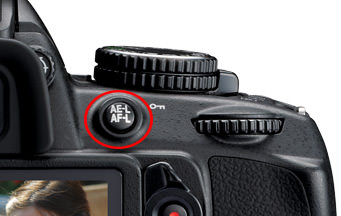إعدادات نيكون D7100 الموصى بها
Recommended Nikon D7100
Settings
أثناء مراجعة كاميرا Canon 7D Mark II، اضطررت إلى استعارة كاميرا Nikon D7100 لمقارنة جودة الصورة وميزات الكاميرا الأخرى. لذا، اعتقدت أن كتابة مقال حول الإعدادات الموصى بها لكاميرا D7100 سيكون مفيدًا لقرائنا. على الرغم من أن كاميرا Nikon D7100 ليست منافسًا مباشرًا لكاميرا 7D Mark II (وهذا هو دور كاميرا Nikon D500)، إلا أنها لا تزال كاميرا قوية يستخدمها العديد من المصورين لتلبية مجموعة متنوعة من الاحتياجات المختلفة. وعلى الرغم من ضعف سعة المخزن المؤقت، تُستخدم كاميرا D7100 غالبًا لتلبية احتياجات التصوير الفوتوغرافي للحياة البرية والرياضة.
نظرًا لأن الكاميرا متطورة إلى حد ما من حيث إمكانياتها وميزاتها، مع العديد من القوائم والإعدادات المختلفة، فقد تبدو ساحقة إلى حد ما بالنسبة للمبتدئين. في هذه المقالة، أريد تقديم بعض المعلومات حول ما أستخدمه شخصيًا وأشرح باختصار ما تفعله بعض الإعدادات المهمة.
من فضلك ضع في اعتبارك أنه على الرغم من أن إعدادات الكاميرا هذه تناسبني، إلا أن هذا لا يعني أنه يجب على الجميع التصوير بنفس الإعدادات تمامًا. يتم توفير المعلومات الواردة أدناه كدليل لأولئك الذين يريدون فقط البدء بالفهم الأساسي للكاميرا وميزاتها العديدة.

قبل الدخول إلى قائمة الكاميرا، فلنبدأ أولاً في عناصر التحكم الخارجية. تحتوي كاميرا Nikon D7100 على الكثير من خيارات القائمة، ولكن هناك بعض الأشياء التي لا يمكنك التحكم فيها إلا باستخدام عناصر التحكم الخارجية.
While reviewing the Canon 7D Mark II, I had to borrow the Nikon D7100 to compare image quality and other camera features. So, I thought doing an article on the recommended settings for the D7100 would be useful to our readers. Although the Nikon D7100 is not a direct competitor to the 7D Mark II (that’s more of the Nikon D500’s role), it is still a solid camera that is used for a variety of different needs by many photographers. And despite its crippled buffer capacity, the D7100 is often used for both wildlife and sports photography needs.
Since the camera is rather sophisticated in terms of its capabilities and features, with many different menu and settings, it can look rather overwhelming for a beginner. In this article, I want to provide some information on what I personally use and shortly explain what some of the important settings do.
Please do keep in mind that while these camera settings work for me, it does not mean that everyone else should be shooting with exactly the same settings. The below information is provided as a guide for those who just want to get started with a basic understanding of the camera and its many features.

Before going into the camera menu, let’s first get started on the exterior controls. The Nikon D7100 has a lot of menu options, but there are some things that you can only control with external controls.
Recommended Nikon D7100
Settings
أثناء مراجعة كاميرا Canon 7D Mark II، اضطررت إلى استعارة كاميرا Nikon D7100 لمقارنة جودة الصورة وميزات الكاميرا الأخرى. لذا، اعتقدت أن كتابة مقال حول الإعدادات الموصى بها لكاميرا D7100 سيكون مفيدًا لقرائنا. على الرغم من أن كاميرا Nikon D7100 ليست منافسًا مباشرًا لكاميرا 7D Mark II (وهذا هو دور كاميرا Nikon D500)، إلا أنها لا تزال كاميرا قوية يستخدمها العديد من المصورين لتلبية مجموعة متنوعة من الاحتياجات المختلفة. وعلى الرغم من ضعف سعة المخزن المؤقت، تُستخدم كاميرا D7100 غالبًا لتلبية احتياجات التصوير الفوتوغرافي للحياة البرية والرياضة.
نظرًا لأن الكاميرا متطورة إلى حد ما من حيث إمكانياتها وميزاتها، مع العديد من القوائم والإعدادات المختلفة، فقد تبدو ساحقة إلى حد ما بالنسبة للمبتدئين. في هذه المقالة، أريد تقديم بعض المعلومات حول ما أستخدمه شخصيًا وأشرح باختصار ما تفعله بعض الإعدادات المهمة.
من فضلك ضع في اعتبارك أنه على الرغم من أن إعدادات الكاميرا هذه تناسبني، إلا أن هذا لا يعني أنه يجب على الجميع التصوير بنفس الإعدادات تمامًا. يتم توفير المعلومات الواردة أدناه كدليل لأولئك الذين يريدون فقط البدء بالفهم الأساسي للكاميرا وميزاتها العديدة.

قبل الدخول إلى قائمة الكاميرا، فلنبدأ أولاً في عناصر التحكم الخارجية. تحتوي كاميرا Nikon D7100 على الكثير من خيارات القائمة، ولكن هناك بعض الأشياء التي لا يمكنك التحكم فيها إلا باستخدام عناصر التحكم الخارجية.
While reviewing the Canon 7D Mark II, I had to borrow the Nikon D7100 to compare image quality and other camera features. So, I thought doing an article on the recommended settings for the D7100 would be useful to our readers. Although the Nikon D7100 is not a direct competitor to the 7D Mark II (that’s more of the Nikon D500’s role), it is still a solid camera that is used for a variety of different needs by many photographers. And despite its crippled buffer capacity, the D7100 is often used for both wildlife and sports photography needs.
Since the camera is rather sophisticated in terms of its capabilities and features, with many different menu and settings, it can look rather overwhelming for a beginner. In this article, I want to provide some information on what I personally use and shortly explain what some of the important settings do.
Please do keep in mind that while these camera settings work for me, it does not mean that everyone else should be shooting with exactly the same settings. The below information is provided as a guide for those who just want to get started with a basic understanding of the camera and its many features.

Before going into the camera menu, let’s first get started on the exterior controls. The Nikon D7100 has a lot of menu options, but there are some things that you can only control with external controls.




تعليق